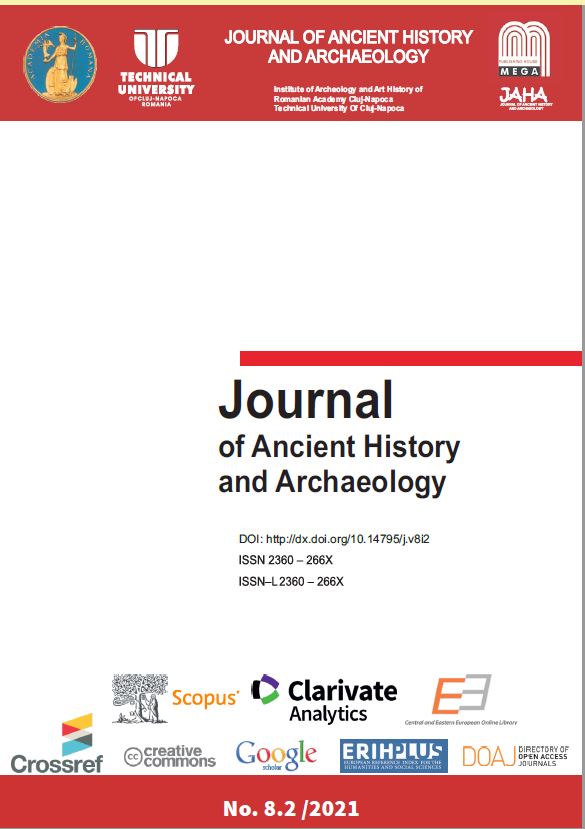THE EVOLUTION OF ANTLER AND BONE CHEEKPIECES FROM THE BALKAN-CARPATHIAN REGION TO CENTRAL KAZAKHSTAN: CHRONOLOGY OF “CHARIOT” CULTURES AND MYCENAEAN GREECE
THE EVOLUTION OF ANTLER AND BONE CHEEKPIECES FROM THE BALKAN-CARPATHIAN REGION TO CENTRAL KAZAKHSTAN: CHRONOLOGY OF “CHARIOT” CULTURES AND MYCENAEAN GREECE
Author(s): Stanislav GrigorievSubject(s): History, Archaeology, Ancient World
Published by: Editura Mega Print SRL
Keywords: Bronze Age; bone cheekpieces; chariots; Greek and Thracian origins;
Summary/Abstract: It is believed that chariots and cheek pieces for harnessing horses were invented in the steppe in the late 3rd – early 2nd millennium BC. From the steppe, the chariots reached the Carpathians, Mycenae and the Near East. However, these conclusions are based on the use of radiocarbon dates for the steppe complexes and historical ones for the Near Eastern ones. Correlation with the Carpathian materials was made on the basis of chronological schemes outdated for this region. The analysis shows that chariots spread to both regions independently, from the Near East, and the appearance of both chariots and cheek pieces in Mycenaean Greece was associated with the arrival of small elite groups from the Carpathians, probably of Thracian origin. It has made it possible to link the Eastern European and Ural cultures to the historical chronology of the Eastern Mediterranean.
Journal: Journal of Ancient History and Archaeology
- Issue Year: 8/2021
- Issue No: 2
- Page Range: 148-189
- Page Count: 42
- Language: English

